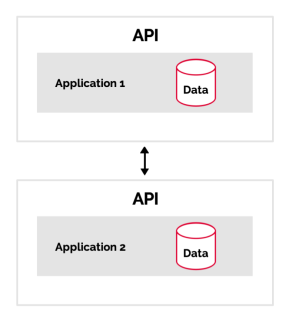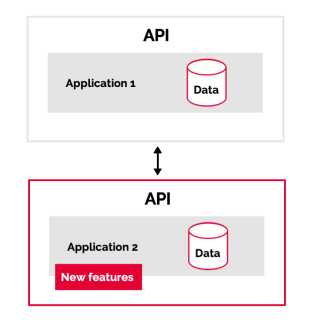What happens when adaptable technology is lacking?
It is a news story that got us all talking over eggnog and cookies: Southwest Airlines’ massive service interruption that lasted over a week at the height of holiday travel. A combination of costly operational and technical issues led to this debacle, which caused me some restless nights as I closely relate to it in my own work. It’s a situation I have been working to mitigate my entire career, albeit in a completely different industry. Linedata creates investment management software for global asset managers. Customizing commercial software and tightly integrating it into other systems is a common practice. But when a company outgrows the systems, as Southwest Airlines clearly did, modifying them to meet new business opportunities and challenges can be daunting if adaptable technology and the right technical foundation are lacking.
To be completely upfront, my reaction to this story is based on what I’ve read in the news and not on any specific inside information I have about Southwest or their operations. As a result of old, outdated technology failing, they have been hit with a wave of criticism from consumers, regulators, politicians, news anchors, industry experts, and even late night comedians. And rightfully so. Despite being advised that it was imperative to their business, Southwest made an active choice not to upgrade their systems even though they were decades behind their strongest competitors. This charming and quirky “regional” airline with a passionate fan base is actually the sixth largest in the world and carries more passengers than United Airlines. Southwest’s antiquated software wasn’t made to handle such capacity even in the best of circumstances. The disaster was of their own making.
Asset management technology faces similar challenges
Having been in the asset management technology business for decades, I have seen even the best managed companies, at times, end up in situations like Southwest. Such large technology ecosystems have hundreds of applications and components that interface with each other. Upgrading a single component can result in changing multiple interfaces or the data passed to other systems. This introduces business risk and the inherent cost of updating interfaces. Managing such risks and the cost of “upgrading” gets complex and progressively worsens with every delay as technical debt mounts to a tipping a point.
How can collaboration with Southwest’s software technology vendor provide solutions?
Is there a solution to avoid this trap? Do software application vendors and integration developers have a responsibility to help prevent the technical debt to mount to the levels where it breaks the business?
At Linedata, we have clients who have been using our software as the beating heart of their investment operations for over 25 years. Trillions of dollars in assets under management run on our software suite, year in and year out, through markets of high volume and high volatility. We pride ourselves on the software’s extensibility to ensure our clients create and maintain a competitive edge beyond what standardized software can provide. It is imperative that such extensibility (customization) and interfaces are built with sound design principles using compatible versioned APIs.
APIs can help manage operational risk and at the same time support growth
APIs are contracts that allow applications
to communicate and exchange data.

Applications can evolve; and if old contracts
are not broken then the communication with
other applications works seamlessly.

A customization or integration doesn’t have to create a software monolith, and that’s accomplished by using APIs. APIs make upgrading easier than it would be otherwise by allowing developers to make changes to a software system without affecting its existing functionality. APIs allow different software systems or components within the same system to exchange data with each other without relying on specific implementation details. Developers can access the features of complex systems while making their own unique add-ons, allowing innovation on top of an established foundation without breaking the foundation. Another big benefit of API-driven development is the ease of automation testing. Building and running automation tests on APIs are significantly easier and cheaper. This helps manage the risk when individual applications are modified. With the right APIs in place, it’s possible that Southwest’s systems could have been augmented to accommodate their growing market share without compromising any previously established infrastructure.
Southwest's situation brings up an important point about the relationship between technology and business. APIs are amazing tools, but they're only helpful if they exist. That means that there needs to be synergy between developers, vendors, and executives for a set of effective APIs to be created - something I encourage my global product team to talk through with our clients all the time! It really is true what people say: no one can do it alone; collaboration makes everything possible. Strong partnerships are key here, so engaging with their software vendors regularly is essential for what Southwest needs right now.
It's an all-too-common situation among companies using commercial software - they change it to fit their needs but soon outgrow its capabilities leading to complex integrations - until something breaks. The takeaway? Invest in adaptable systems from the get-go or risk getting stuck like stale holiday leftovers come crunch time. If this sounds like a situation your asset management technology stack is in, let’s talk.



